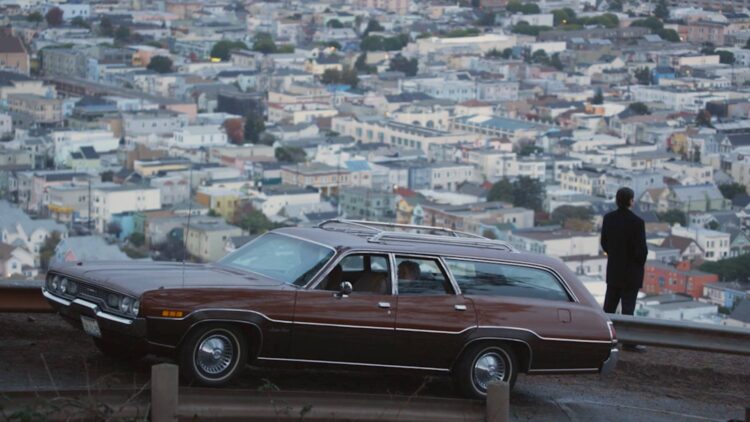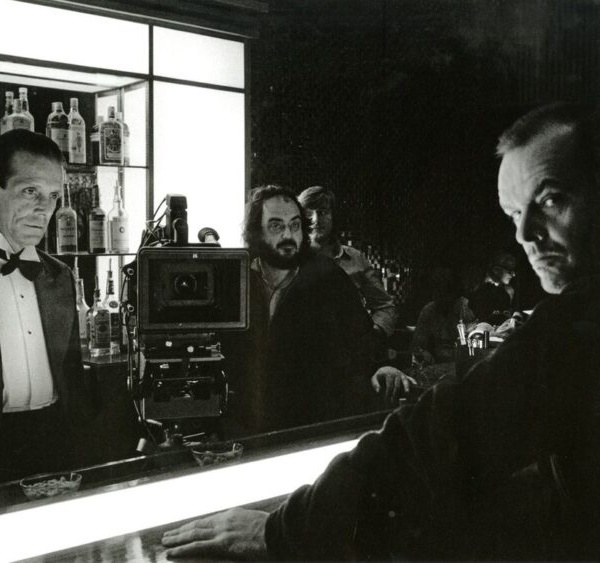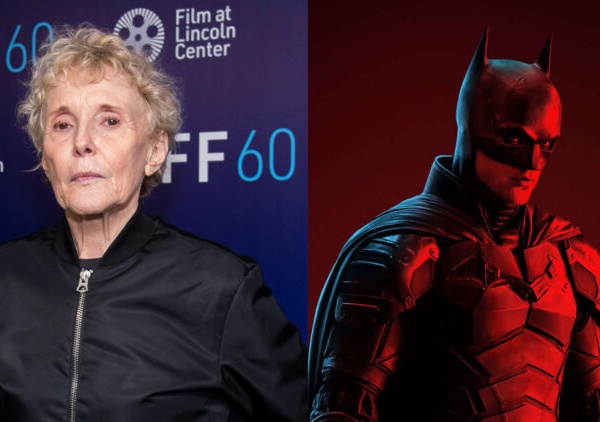

On September 22, 1975, Sara Jane Moore, a 45-year-old single mom, drove into downtown San Francisco, pushed her way to the front of a crowded barricade, reached into her purse, pulled out a pistol, and fired two shots at President Gerald R. Ford as he walked out of the St. Francis Hotel. The first bullet missed him by inches; the second was deflected by a Marine standing beside her. Had Moore used a gun that didn’t have a faulty target, Ford’s appointed Vice President Nelson Rockefeller would have likely assumed the highest office without ever being elected, a sequence of events she felt would expose the country’s flawed and rotting democratic process.
That’s the primary reason Moore says she decided to open fire that afternoon, but it’s easy to be skeptical. In the chaotic aftermath of her assassination attempt, most authorities and Ford himself assumed Moore had lost her mind. How else does a woman recruited by the FBI less than two years earlier attempt to kill a sitting president? But Moore, who had quickly become radicalized even as a bureaucratic informant, testified to her mental clarity during her life sentencing––and still does to this day. Like almost every aspect of her life, it’s hard to know what to believe.
The same could be said after watching Robinson Devor’s Suburban Fury, a formally audacious and perplexing portrait of Moore that contextualizes her extremist actions within one of the most transformative periods in American history. In a way, the documentary suggests that Moore isn’t so much a unique, independent, would-be killer than the product (or embodiment) of a decade filled with massive social change, political upheaval, and governmental distrust. Yet, when the 93-year-old (who was granted parole in 2007) speaks about her life, she can’t help but reject the idea that she was simply an empty vessel waiting to be loaded.
Much of the uncertainty that drives this story stems from its own conceit: “At her request, Sara Jane Moore was the only person interviewed for this film,” reads the opening text. Which also means the disembodied voice used to represent her FBI control agent Berth Worthington, which is filtered infrequently throughout, isn’t based on real transcripts, but her own memories of their interactions together. In other words: Moore has carte blanche to recite her truth, to share her perspective, to present her version of how things went down. At times it comes across like a healthy confessional, and at others like an agitated and argumentative interrogation (with Devor relaying questions to her over a radio) just as volatile as the movie’s subject herself.
This is, after all, a nonagenarian who seems to enjoy spouting all kinds of stories that self-mythologize while avoiding what she believes are unnecessary or inconsequential details and follow-ups. She answers questions in the back of a 1970s station wagon or inside a glass house, staring directly into the camera, sometimes with an ominous figure lurking outside. The unique and nostalgic set-ups resemble her experiences speaking secretly with governmental agents, though the interviews often just look like a woman rambling to nobody. She’s quick to snap when she doesn’t like a line of questioning and is eager to clarify her history as one that doesn’t deserve any level of push-back.
It’s hard to take her seriously, but the testimony is riveting. Moore was born in West Virginia in 1930, studied acting with Lee Strasburg in her 20s, married and divorced five times, and had four children but abandoned most of them, events that she vaguely glosses over because she doesn’t think they’re germane to the documentary’s mission. But the meat of Moore’s story is even more perplexing and contradictory. She became embroiled in the Patty Hearst kidnapping case thanks to an unexplained connection with Randolph Hearst, volunteered to help the FBI gather information on the Symbionese Liberation Army, and quickly becomes a radicalized informant, fulfilling her duties with the bureau while simultaneously taking on the causes of various counter-culture, left-wing groups and developing relationships with various figureheads.
A lot of these recollections play over archival footage, much of which resist the decade’s repeated news coverage. Instead of leaning into the era’s standard music cues, Devor creates tension with images and unlikely sounds that include Moore’s own narration. It’s a strong choice that obscures the familiarity of historical moments (e.g. video of Ford doing the backstroke in a pool while a recording of him pardoning Richard Nixon plays over the imagery) and forces you to consider how the political and social landscape worked in dissonance (or harmony) with Moore’s daily decision-making. Like Ezra Edelman’s OJ: Made in America, Devor wants to weave these stories into the country’s vast tapestry of civil unrest, hoping to see a pattern emerge, a picture crystallize.
You have to squint to see it. Early on, Moore explains that she felt like she was three different people––the suburban housewife, the dutiful FBI informant, the socially conscious radical––but it’s impossible to know how those multiple personalities operate within her. Was the assassination attempt just a ploy to show how corrupt America’s political system really was? Was taking out a president really worse than some of the coup attempts the U.S. government initiated in foreign countries? Did the first assassination attempt on Ford just 17 days earlier influence her decision to act? Moore’s first-person, uncritical account provides a window into some answers, but it mostly raises more possibilities. Maybe she did attempt murder on behalf of social and political justice. Maybe she wanted to avenge the people who never had a voice. Maybe she just wanted to be remembered. Suburban Fury is a reminder that even the most candid historical figures are never fully transparent.
Suburban Fury premiered at the 62nd New York Film Festival.
The post NYFF Review: Suburban Fury Documents the Unlikely Woman Who Tried to Kill the President first appeared on The Film Stage.



